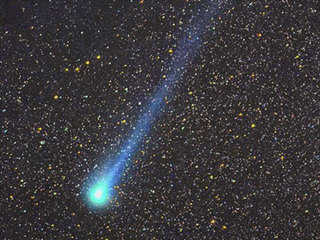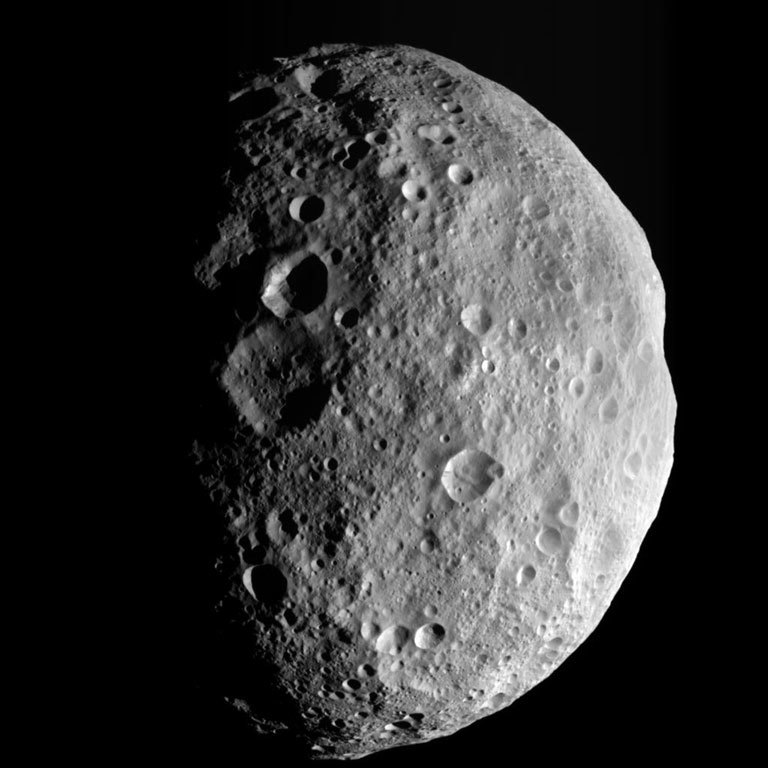Journey Around the Solar System Part 3

Hello! Now I will share my knowledge about the rest of the solar system which is about the comets, asteroids, and much more!
First of all, I will talk about the comets or in other words, shooting stars. The comets are big rocks made of ice and dust, which makes them some sort of dirty snowball. They hurtle through space at relatively high speeds. When a comet is close to the Sun, it moves much faster than when it is farther away from the Sun. Comets also have their own irregular orbit, which is usually oval-shaped. The most famous comet is the Halley’s comet, which makes an orbit around the Sun every 76 years.
Comets mainly reside in the Kuiper Belt and
Oort Cloud. The Kuiper Belt is a pack of dust, rocks, ice, and comets that
orbit the Sun at 30-100 AU (Astronomical Unit), which is further from the Sun
than Neptune. Just in case you don’t know, an Astronomical Unit or AU is a measure
of length, which is the distance between the Earth and the Sun (150,000,000
kilometers). The Oort cloud is a sphere of gas and random particles that orbits
the sun at about 2 light years; half the distance to Alpha Centauri.

Next, I will explain about asteroids. Asteroids are chunks of rock that stay in space, and sometimes they fall to Earth (in this case, they are renamed “Meteorites”). Asteroids mainly stay in the Asteroid Belt, which is a pack of asteroids that orbit the Sun between Mars and Jupiter. The largest asteroid (now considered a dwarf planet) is Ceres.
Asteroids are also found within/between the
orbits of the Jovian planets, which makes them one of the “Trojan” asteroids.
When asteroids are near Earth, they are called Near Earth Objects (NEO). NEOs
are considered dangerous as they could harm Earths living species if it makes a
collision. About 65 million years ago, a large asteroid hit Earth and wiped out
the dinosaurs. Therefore, they could cause a mass extinction.
That is the information that I currently know about the rest of the solar system, and therefore this is the last part of “Journey Through the Solar System”. If you haven’t, read part 1 and 2!
Thanks for reading! Don’t forget to leave a comment -Nat



Comments
Post a Comment